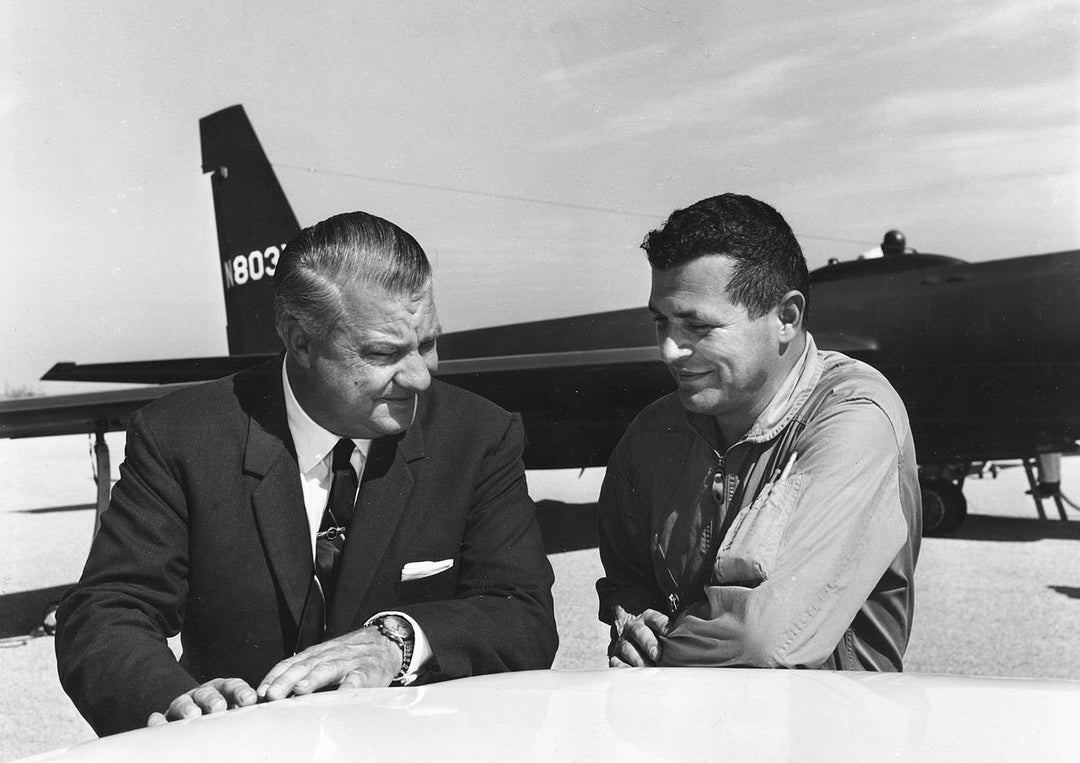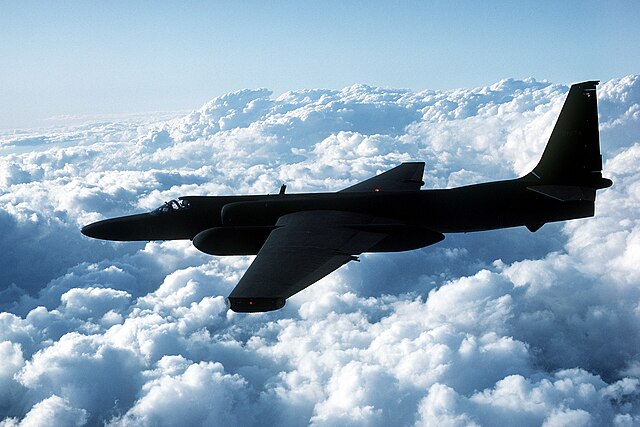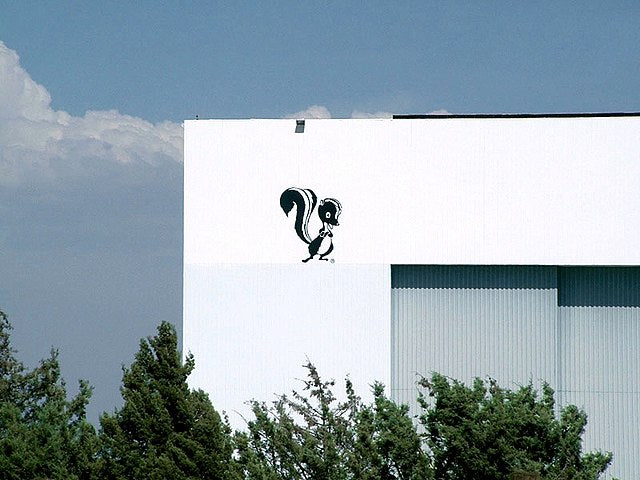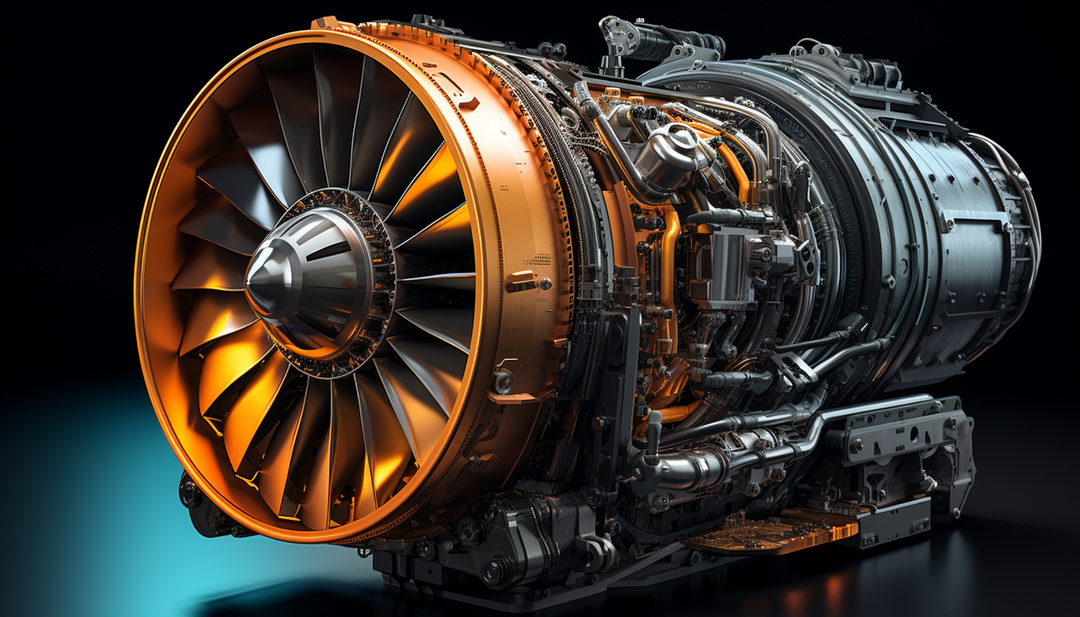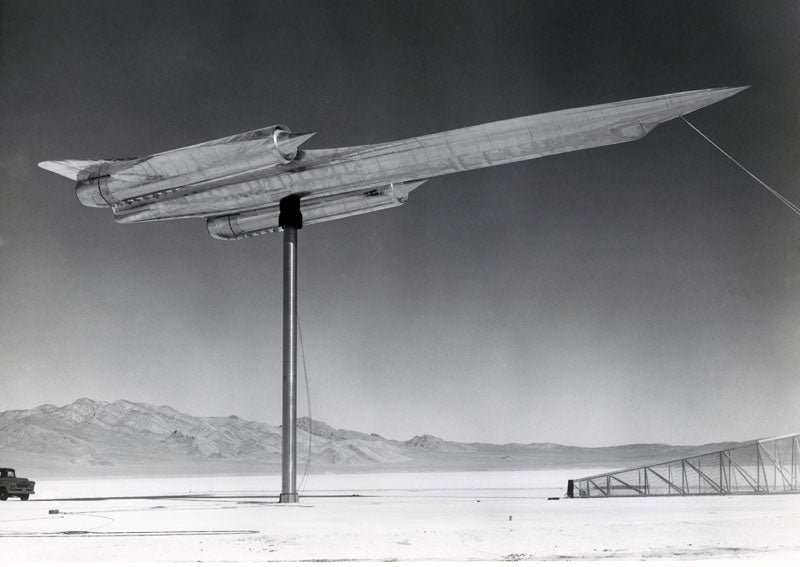In the secret corridors of Lockheed Martin’s Skunk Works, a revolutionary aircraft was born—one that would redefine the limits of aviation and secrecy. The A-12 Archangel, a product of the
...
In the secret corridors of Lockheed Martin’s Skunk Works, a revolutionary aircraft was born—one that would redefine the limits of aviation and secrecy. The A-12 Archangel, a product of the Cold War’s relentless pursuit of technological superiority, emerged as one of the most advanced reconnaissance aircraft of its time.
The project, initially code-named “Archangel,” was led by visionary aircraft designer Clarence “Kelly” Johnson. His team set out to create an aircraft capable of unprecedented speed and altitude, a machine that could soar beyond the reach of enemy defenses. This mission was not just about building an aircraft; it was about pushing the very boundaries of what was thought possible.
Designed with cutting-edge stealth capabilities and an aerodynamic profile unlike anything before it, the A-12 was engineered for high-altitude, high-speed reconnaissance missions. Its sleek, black titanium body was built to withstand the extreme heat generated at speeds exceeding Mach 3. This technological marvel was more than just a machine; it was a guardian of the skies, built to gather intelligence and provide unparalleled situational awareness.
The A-12’s maiden flight, conducted in complete secrecy over the Nevada desert, marked the beginning of a new era in aviation. With its unmatched speed and altitude capabilities, the aircraft became an essential tool for intelligence operations, providing critical reconnaissance data at a time when information was power.
Though its operational service was brief, the A-12 paved the way for its successor, the legendary SR-71 Blackbird. Its legacy lives on in modern aerospace engineering, inspiring innovations in both aviation and beyond.


